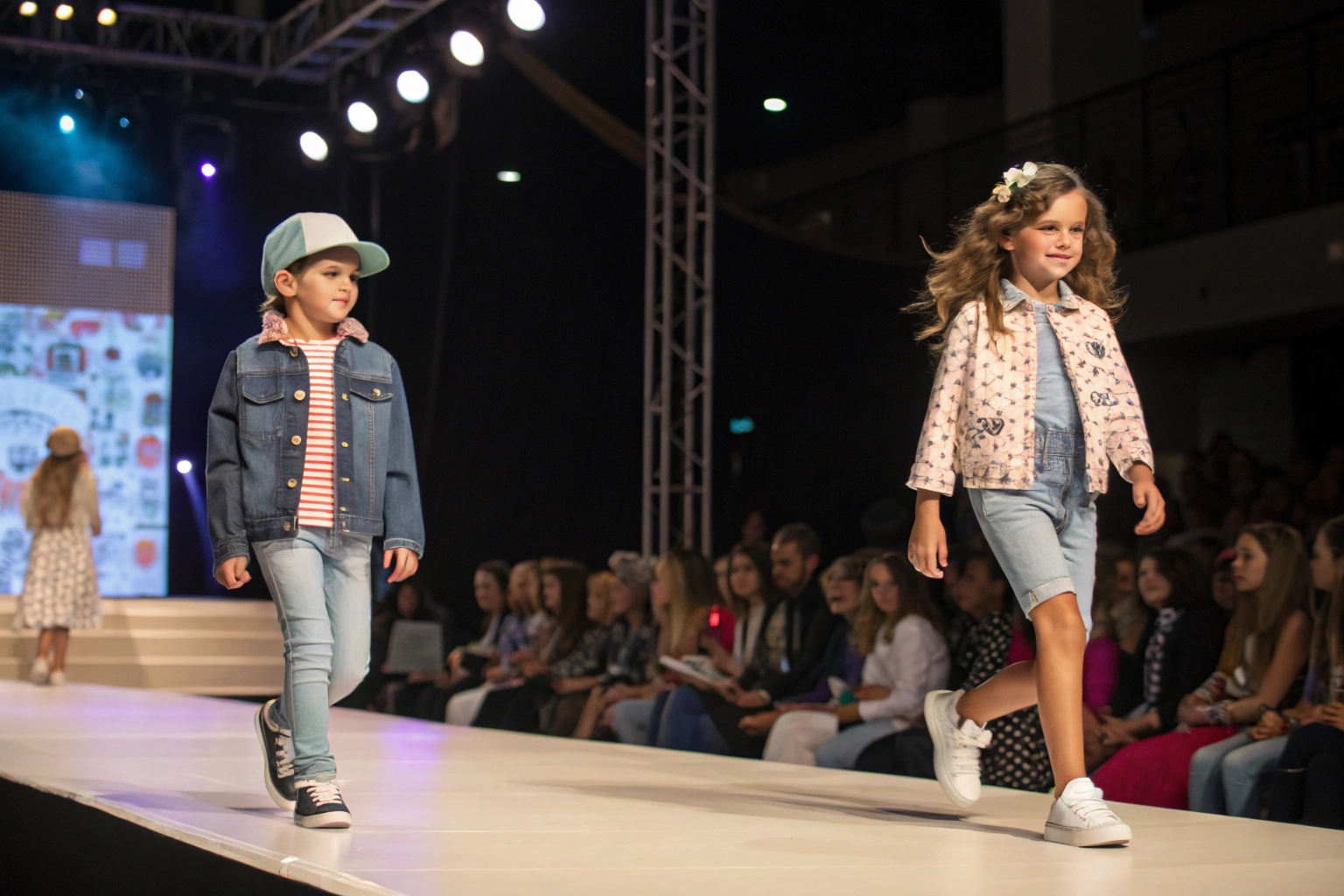The kidswear fashion industry is no longer just about functionality and basics. Today, it’s a booming segment reflecting broader cultural shifts—toward sustainability, gender-neutral styles, influencer marketing, and mini-me looks inspired by adult fashion. As a children’s clothing manufacturer, I’ve witnessed firsthand how rapidly preferences are evolving.
This article explores the top emerging trends in kidswear fashion globally, why they matter, and how brands and factories can respond to these new expectations.
Whether you’re a buyer, brand owner, or sourcing specialist, understanding these shifts helps you stay competitive, appeal to millennial and Gen Z parents, and meet upcoming seasonal demands more creatively and responsibly.
What Are the Dominant Aesthetic Trends in Kidswear Now?
What children wear today reflects what parents value—and that’s increasingly about identity, creativity, and ethical storytelling. Designers are no longer copying adult trends—they’re creating their own.
The dominant looks in today’s kidswear include gender-fluid silhouettes, soft natural palettes, minimalist graphics, and culturally diverse references.
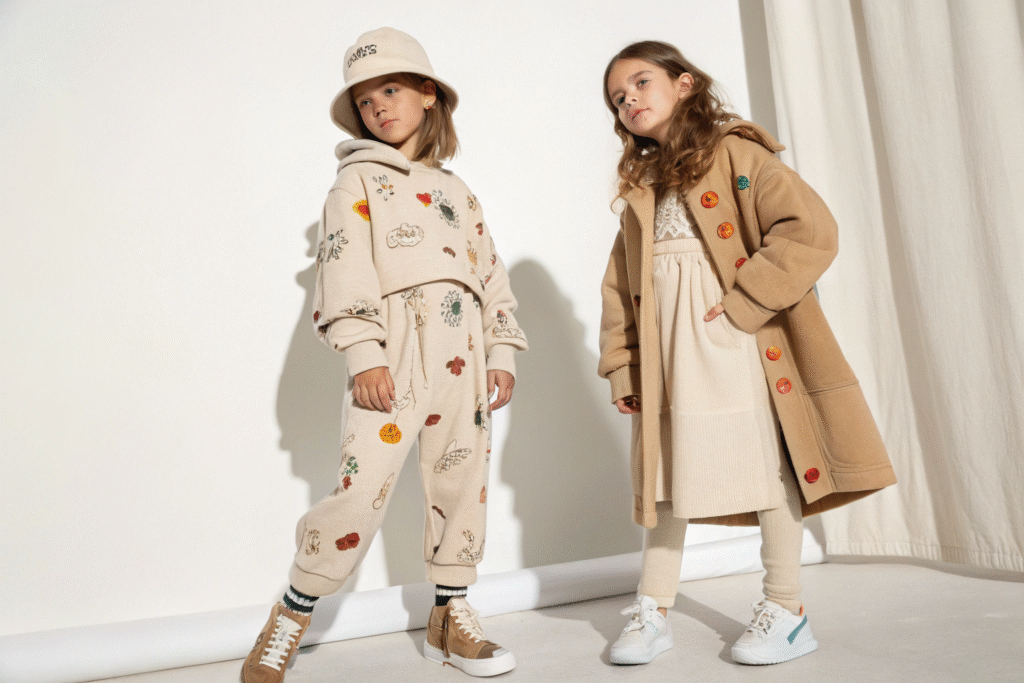
Why Is Mini-Me Fashion Still Growing?
“Mini-me” styles—where children wear scaled-down versions of adult clothes—continue to trend, especially on Instagram and Pinterest. Brands like Zara Kids and H&M capitalize on this with capsule collections mimicking seasonal adult lines.
But today’s mini-me looks are more functional. Oversized coats, matching loungewear, or neutral-toned knitwear are both parent-friendly and Instagram-ready. Kidswear isn’t just cute—it’s cool.
Are Prints and Graphics Still Important?
Yes, but they’ve matured. Instead of cartoon characters, we see more hand-drawn illustrations and Nordic-style prints. Many brands now highlight wildlife, space, or multicultural themes that educate and entertain.
Even licensed apparel, like from Disney, is getting a refresh—using muted colors and softer embroidery instead of bright synthetics.
How Is Sustainability Redefining Kidswear?
Parents today care deeply about what touches their child's skin. Sustainability has moved from a nice-to-have to a basic expectation, especially in Europe and the U.S. market.
Kidswear brands now emphasize organic materials, waste reduction, and chemical-free processing—responding to conscious consumer demand.
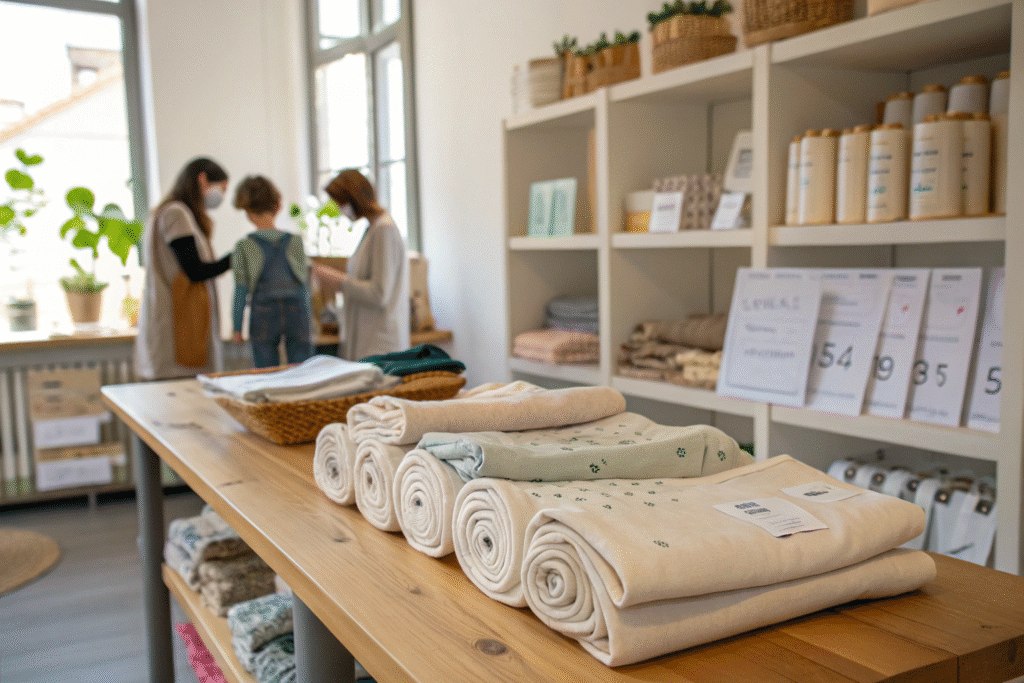
What Are the Most Popular Sustainable Fabrics?
Organic cotton still leads. Brands like Mini Rodini and Frugi rely heavily on GOTS-certified cotton. Bamboo, TENCEL™, and recycled polyester are gaining ground for activewear and sleepwear.
Some also use deadstock fabrics to reduce landfill waste and create exclusive capsule pieces.
Are Consumers Willing to Pay More?
Yes, but only with value clarity. Sustainable kidswear commands higher price points, but must deliver on durability, softness, and design. Many parents view it as an investment in their child’s comfort and future.
Transparency is key—brands use hangtags, QR codes, and social media to show how products are made, where fabrics come from, and how to recycle or repurpose garments.
How Are Digital Platforms Shaping Kidswear Trends?
Digital marketing has reshaped how kidswear is discovered, shared, and purchased. From TikTok hauls to AI-driven personalization, tech is accelerating fashion cycles even for children.
Brands leverage social media trends, kid influencers, and DTC websites to reach a new generation of parents—and even the kids themselves.
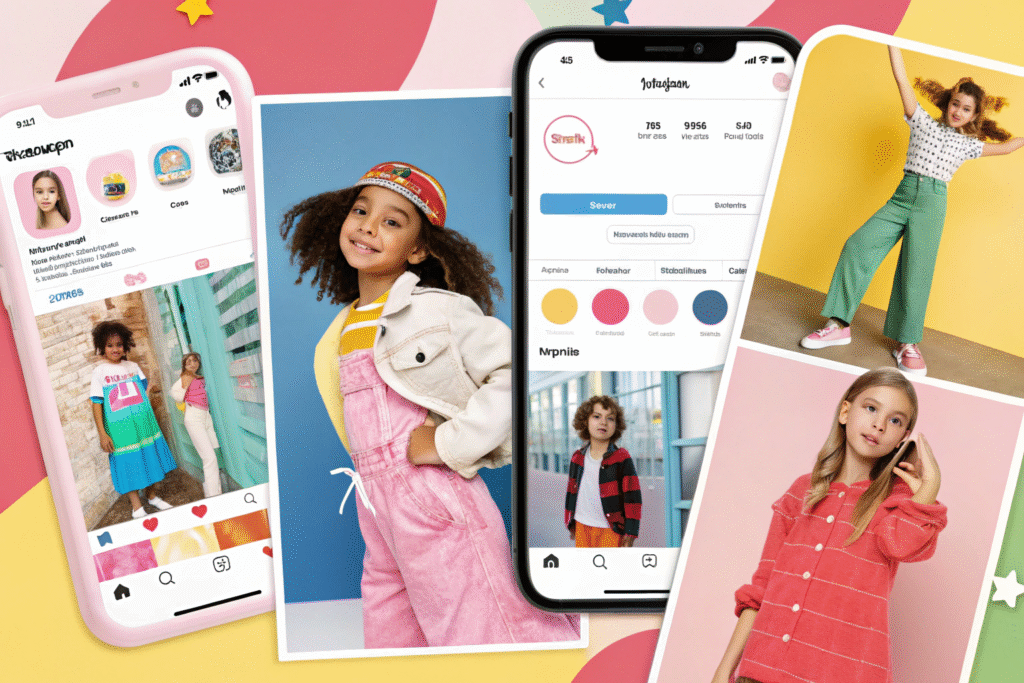
Who Are the Influencers in Kidswear Now?
Kid influencers and parent-child duos dominate platforms like TikTok and YouTube Kids. Brands gift PR boxes or collaborate on capsule drops with these creators to tap into niche audiences.
Micro-influencers in the 1k–10k follower range often generate higher engagement and authentic word-of-mouth value.
What About Personalization and AR Shopping?
Several kidswear brands now offer customized clothing with name embroidery, unique patches, or size-tailored fits. Some retailers use AR (Augmented Reality) to allow children and parents to virtually try on clothes via smartphone.
AI is also helping parents choose sizes more accurately, reducing returns—a big win for both buyers and suppliers.
What Are the Fastest Growing Kidswear Brands to Watch?
Beyond the big names, many emerging brands are disrupting the space with creative collections, transparent sourcing, and agile DTC models.
These new kidswear players blend storytelling with smart design—and many source from factories like ours in China to balance quality and affordability.
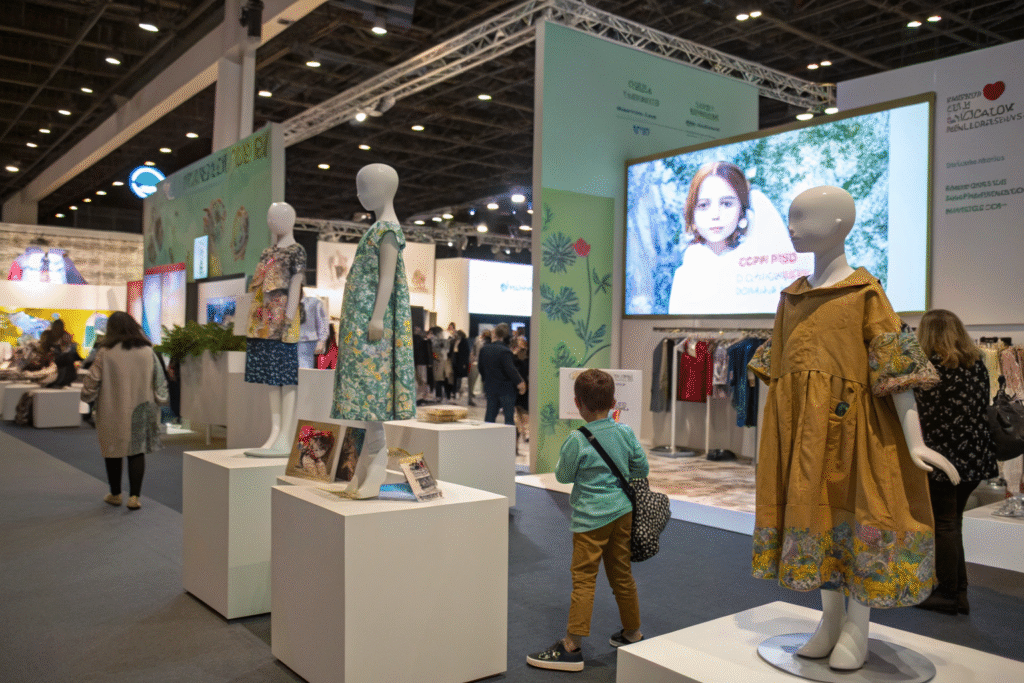
Which Startups Are Leading the Shift?
Brands like Loulou Lollipop, Jamie Kay, and Colored Organics are growing fast, thanks to their focus on organic basics, clean aesthetics, and direct relationships with customers.
Many of them started with small runs and scaled quickly by using Shopify, social media, and strong supply partnerships.
Are Wholesale Buyers Adopting These Brands?
Absolutely. International retailers and boutique buyers now seek these brands at shows like Playtime Paris or Pitti Bimbo. Their appeal lies in storytelling and community engagement—values modern consumers expect.
Factories working with these brands must adapt quickly—offering low MOQs, fast prototyping, and flexible seasonal production plans.
Conclusion
Kidswear fashion is undergoing a global evolution—where design meets ethics, and storytelling meets performance. As a children’s clothing manufacturer, I see this shift as an opportunity, not a challenge.
Today’s trends reflect tomorrow’s standards. Whether it’s organic cotton, minimalist prints, or social media styling, the future of kidswear lies in being agile, authentic, and aligned with young families' values.
At Fumao, we support brands of all sizes that want to ride these trends with purpose. From eco-friendly sourcing to influencer-style capsule lines, we’re ready to bring your vision to life in this exciting era of kidswear innovation.

